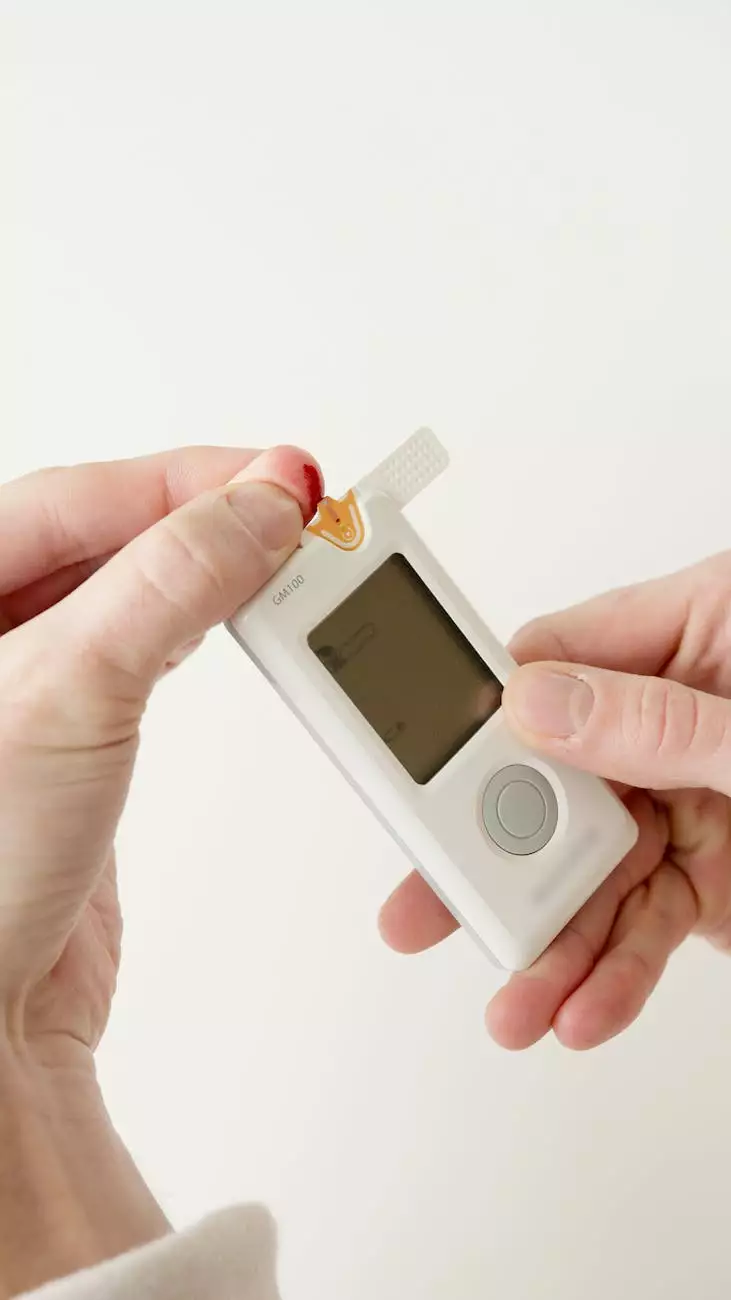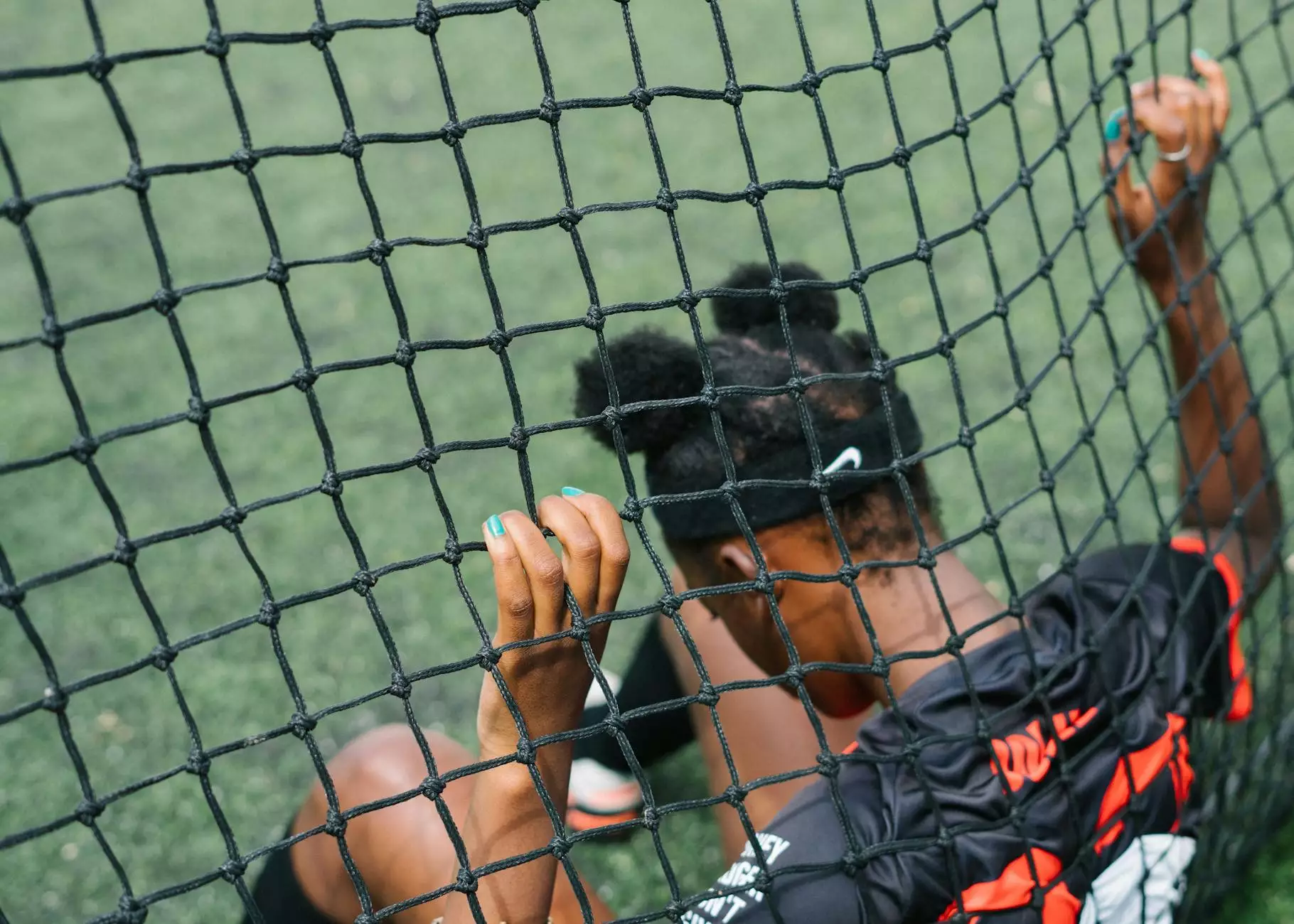Polydactyly - Extra Fingers or Toes | Foley James D MD

What is Polydactyly?
Polydactyly is a congenital condition characterized by the presence of extra fingers or toes on a person's hands or feet. It is considered a rare condition, but it can occur in individuals of any age, race, or gender. The term "polydactyly" is derived from the Greek words "poly" meaning many and "dactylos" meaning fingers or toes.
Causes of Polydactyly
The exact cause of polydactyly is not always known, but it is often associated with genetic mutations or syndromes. In some cases, the condition may be inherited from one or both parents who may carry the gene for polydactyly. Other potential causes include exposure to certain environmental factors during pregnancy or underlying medical conditions that affect fetal development.
Types of Polydactyly
Polydactyly can be classified into two main types: preaxial and postaxial. Preaxial polydactyly refers to the presence of extra digits on the thumb side of the hand or foot. On the other hand, postaxial polydactyly describes the presence of extra digits on the pinky side of the hand or foot.
There are also different subtypes of polydactyly based on the characteristics and structural features of the extra digits. These subtypes include:
- Polydactyly with duplicated bones - Extra digits that have complete skeletal structures including bones, joints, and muscles.
- Polydactyly with rudimentary digits - Extra digits that are underdeveloped and may lack certain skeletal components.
- Polydactyly with connected digits - Extra digits that are fused or partially connected to the existing digits.
Symptoms and Diagnosis
The primary symptom of polydactyly is the presence of extra fingers or toes. The severity and number of extra digits vary from person to person. In most cases, the extra digits are functional and can be moved, but they may not have the same range of motion as the normal fingers or toes.
Diagnosing polydactyly typically involves a physical examination by a medical professional, such as Dr. Foley James D MD, who specializes in the field of health. X-rays may also be utilized to determine the structure and composition of the extra digits.
Treatment Options
The treatment approach for polydactyly depends on various factors including the individual's overall health, the severity of the condition, and their personal preferences. Treatment options may include:
- Observation - In cases where the extra digits do not cause any functional or cosmetic concerns, they may be left as they are and monitored for any changes over time.
- Surgical Intervention - If the extra digits interfere with hand or foot function, cause discomfort, or affect self-esteem, surgical removal may be recommended. The surgical procedure aims to remove the extra digits while preserving the functionality and aesthetics of the hand or foot.
- Rehabilitation and Support - Following surgery, individuals may require rehabilitation and supportive care to aid in their recovery and optimize hand or foot function.
Expert Care from Dr. Foley James D MD
When it comes to managing polydactyly, it is essential to seek expert care from a qualified healthcare provider who specializes in the field of health. Dr. Foley James D MD is a renowned medical professional with extensive experience in diagnosing and treating various conditions, including polydactyly. With his expertise and personalized approach to patient care, he ensures that each individual receives the best possible treatment and support.
If you or a loved one are looking for comprehensive care for polydactyly, schedule a consultation with Dr. Foley James D MD at Gillette Children's. Together, you can explore the most suitable treatment options and create a personalized care plan tailored to your specific needs and goals. With Dr. Foley James D MD and the exceptional healthcare team at Gillette Children's, you can trust that you are in capable hands.









